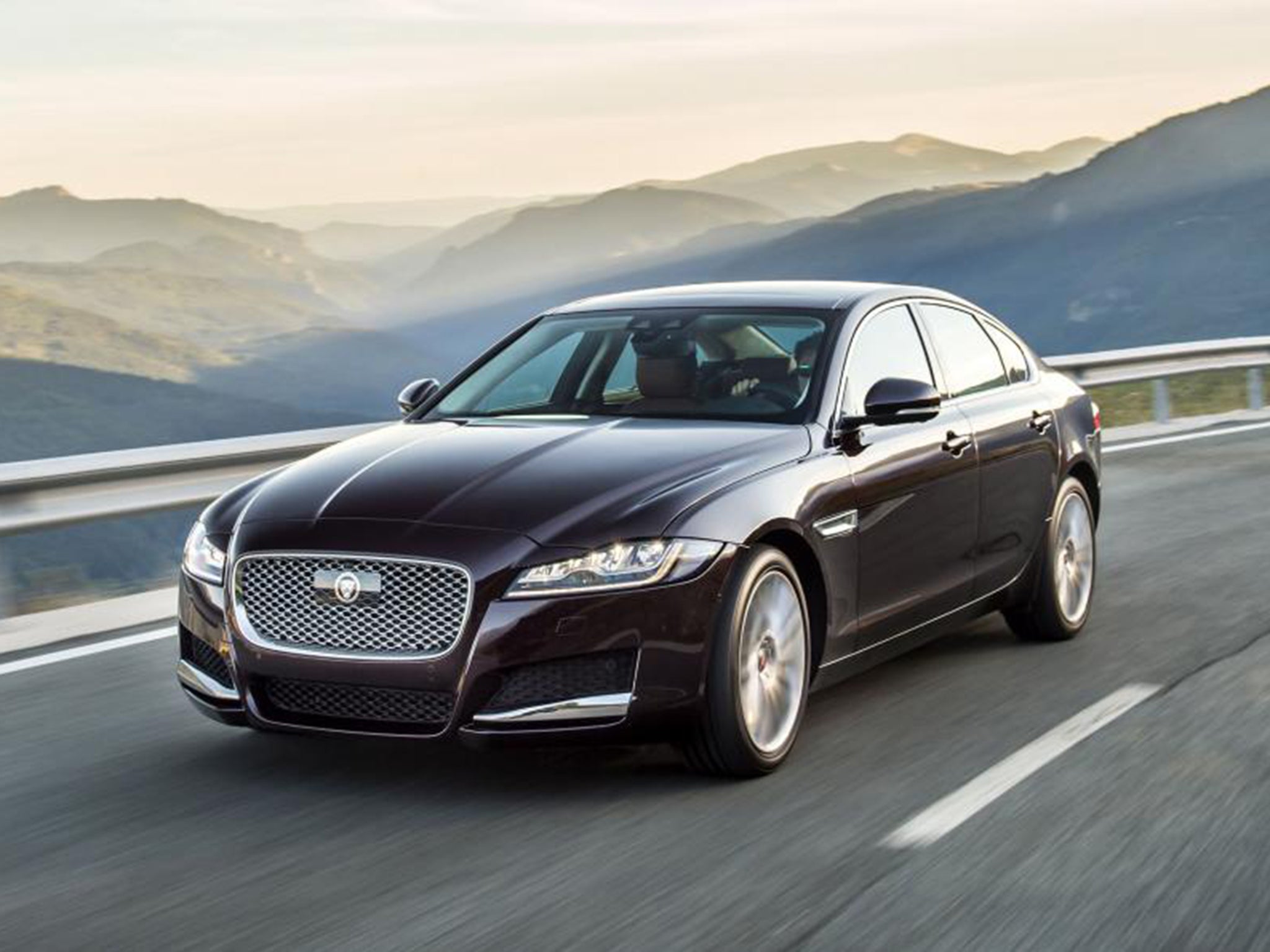Jaguar XF 3.0 TDV6 S: Second-generation premium saloon ups ante against 5 Series and E-Class rivals
We climbed behind the wheel to find out if the new XF has what it takes to come out on top

Your support helps us to tell the story
From reproductive rights to climate change to Big Tech, The Independent is on the ground when the story is developing. Whether it's investigating the financials of Elon Musk's pro-Trump PAC or producing our latest documentary, 'The A Word', which shines a light on the American women fighting for reproductive rights, we know how important it is to parse out the facts from the messaging.
At such a critical moment in US history, we need reporters on the ground. Your donation allows us to keep sending journalists to speak to both sides of the story.
The Independent is trusted by Americans across the entire political spectrum. And unlike many other quality news outlets, we choose not to lock Americans out of our reporting and analysis with paywalls. We believe quality journalism should be available to everyone, paid for by those who can afford it.
Your support makes all the difference.The premium car market is about to get a shake-up as Jaguar’s second-generation XF hits showrooms. Eight years after the original launch of the upmarket saloon, the British marque is rising to the challenge of newer German contenders in the form of the latest Mercedes-Benz E-Class, BMW 5 Series and Audi A6. We climbed behind the wheel to find out if the new XF has what it takes to come out on top.
The biggest news is that although the newcomer is very subtly shorter and lower than previously, utilising the aluminium-based platform from the smaller XE actually gives it a 51mm-longer wheelbase. At its lightest it weighs 190kg less than before, too, at 1455kg. This positively impacts on driving dynamics, efficiency and cabin room – particularly in the rear, which is now claimed to be best-in-class for space.
At launch, UK buyers will be able to choose from three engines, starting from £32,300. The Ingenium 2.0-litre turbodiesel can be specified with either 161bhp/280lb ft of torque or 178bhp/317lb ft. Then there’s the 3.0-litre V6 turbodiesel, producing 296bhp and 516lb ft. This is the car we tested. Petrol buyers are catered for by the F-Type’s supercharged 375bhp 3.0-litre V6.
In V6 turbodiesel guise, this Jaguar is superbly responsive. It builds its maximum torque – which is 100lb ft more than in the old V6 car – at a mere 2000rpm, and pulls strongly through the range. The slight oil-burner rattle and somewhat lacklustre exhaust noise barely detract from the experience, although we think the ZF eight-speed gearbox could shift with more enthusiasm in Sport mode. We negated this by using the steering wheel paddles, though – and we had no complaints in normal Drive mode. Meanwhile, Jaguar has done the seemingly impossible and tweaked the previous XF’s already excellent handling, steering and ride characteristics.
The cabin is the classic Jag mix of luxury appointments and hi-tech kit. The additional space can be appreciated from any seat, while range-topping S trim – the sole one available for the XF 3.0 TDV6 in Britain – is generously specced. Our test car also featured an optional premium £1200 InControl Touch Pro infotainment set-up, plus a driver-configurable 12.3in digital instrument cluster.
While the Ingenium variants may make more sense for the business buyers who make up around 45% of overall sales, private customers will find the 3.0 TDV6 S works as well as a sports saloon as a daily shuttle to the office. Building on the excellence of its forerunner, the new XF could well trump its rivals, whatever version you choose.
Join our commenting forum
Join thought-provoking conversations, follow other Independent readers and see their replies
Comments